Soil-less Romaine Lettuce Growing might sound like something out of a sci-fi movie, but trust me, it’s a surprisingly simple and rewarding way to cultivate fresh, crisp lettuce right in your own home! Forget battling weeds, contending with unpredictable soil conditions, or even having a garden at all. I’m going to show you how to unlock the secrets of hydroponics and enjoy delicious, homegrown romaine lettuce without ever getting your hands dirty.
Hydroponics, the art of growing plants without soil, has a rich history, dating back to ancient civilizations like the Babylonians and Aztecs. While they might not have called it “hydroponics,” their ingenious floating gardens demonstrated a deep understanding of plant nutrition and water management. Today, this ancient technique is experiencing a modern resurgence, offering a sustainable and efficient way to produce food in urban environments and beyond.
Why should you try soil-less romaine lettuce growing? Well, for starters, it’s incredibly space-saving, perfect for apartment dwellers or anyone with limited outdoor space. Plus, you have complete control over the nutrients your lettuce receives, resulting in faster growth and healthier plants. Imagine the satisfaction of harvesting your own vibrant green romaine, knowing exactly where it came from and what went into it. In this article, I’ll guide you through a step-by-step DIY project that will have you enjoying fresh, soil-less romaine lettuce in no time. Get ready to ditch the dirt and embrace the future of gardening!
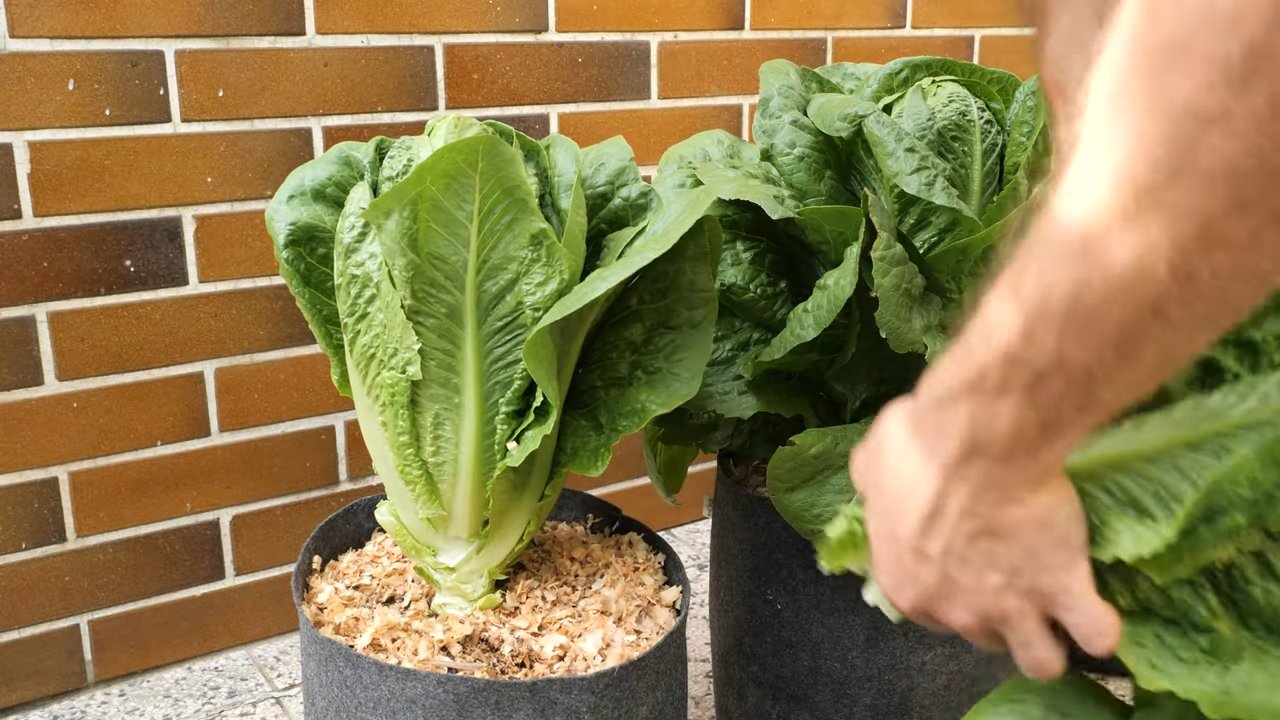
DIY Soil-less Romaine Lettuce Growing: A Beginner’s Guide
Hey there, fellow gardening enthusiasts! Ever dreamed of harvesting crisp, delicious romaine lettuce right from your kitchen, without getting your hands dirty in soil? Well, you’re in the right place! I’m going to walk you through a super fun and surprisingly easy DIY project: growing romaine lettuce hydroponically. Trust me, it’s simpler than you think, and the results are incredibly rewarding.
What is Hydroponics, Anyway?
Before we dive in, let’s quickly cover the basics. Hydroponics is simply growing plants without soil, using water and nutrient solutions to deliver everything they need. It’s a fantastic way to garden indoors, save space, and often get faster growth compared to traditional soil gardening.
Why Romaine Lettuce?
Romaine lettuce is a great choice for hydroponics because it’s relatively fast-growing, doesn’t require a ton of space, and is super versatile in the kitchen. Plus, who doesn’t love a fresh Caesar salad?
Materials You’ll Need
Okay, let’s gather our supplies. Don’t worry, you probably have a lot of this stuff lying around already!
* A Container: This can be anything from a plastic storage bin to a repurposed bucket. I personally love using a dark-colored bin to prevent algae growth. Aim for something at least 6 inches deep.
* Net Pots: These are small, slotted pots that hold your lettuce seedlings and allow the roots to access the nutrient solution. You can find them at most garden centers or online. 2-inch net pots are a good size for romaine.
* Growing Medium: This is what you’ll use to support the seedlings in the net pots. Rockwool cubes, coco coir, or even clay pebbles work well. I’m a big fan of coco coir because it’s sustainable and holds moisture nicely.
* Nutrient Solution: This is the magic ingredient! You’ll need a hydroponic nutrient solution specifically formulated for leafy greens. Look for a balanced formula that contains all the essential nutrients your lettuce needs.
* Air Pump and Air Stone: These are essential for oxygenating the nutrient solution. Plants need oxygen at their roots, just like we do!
* pH Meter or pH Test Strips: Maintaining the correct pH is crucial for nutrient absorption. A pH of 5.5 to 6.5 is ideal for romaine lettuce.
* Grow Lights (Optional but Recommended): If you don’t have a sunny windowsill, grow lights will provide the light your lettuce needs to thrive. LED grow lights are energy-efficient and work great.
* Romaine Lettuce Seeds or Seedlings: You can start from seed or buy seedlings from a local nursery. Starting from seed is more economical, but seedlings will give you a head start.
* Water: Use filtered or dechlorinated water for best results. Tap water can contain chlorine and other chemicals that can harm your plants.
* Measuring Cups and Spoons: For accurately measuring the nutrient solution.
* Drill (Optional): If your container doesn’t have pre-made holes for the net pots, you’ll need a drill to create them.
Building Your Hydroponic System
Alright, let’s get our hands dirty (well, not really, since it’s soil-less!). This is where the fun begins!
1. Preparing the Container
* Clean the Container: Thoroughly wash your container with soap and water to remove any dirt or debris.
* Drill Holes (If Necessary): If your container doesn’t have pre-made holes for the net pots, use a drill to create holes that are slightly smaller than the diameter of the net pots. You want them to fit snugly. Space the holes evenly across the top of the container, allowing enough room for the lettuce to grow. I usually aim for about 4-6 inches between each hole.
* Optional: Paint the outside of the container: If you are using a transparent container, paint the outside of the container with a dark color to prevent algae growth.
2. Setting Up the Air Pump and Air Stone
* Connect the Air Stone: Attach the air stone to the air pump tubing.
* Place the Air Stone: Place the air stone at the bottom of the container.
* Position the Air Pump: Place the air pump outside the container, making sure it’s elevated to prevent water from siphoning back into the pump.
3. Preparing the Growing Medium
* Hydrate the Growing Medium: If you’re using coco coir or rockwool, soak it in water for a few hours to fully hydrate it. This will help the seedlings establish their roots.
* Rinse the Growing Medium: Rinse the growing medium thoroughly to remove any excess salts or debris.
4. Planting the Lettuce
* Starting from Seed: If you’re starting from seed, sow a few seeds in each net pot filled with the growing medium. Gently water the seeds and keep them moist until they germinate.
* Using Seedlings: If you’re using seedlings, gently remove them from their original containers and place them in the net pots filled with the growing medium. Make sure the roots are well-covered.
5. Preparing the Nutrient Solution
* Mix the Nutrient Solution: Follow the instructions on the nutrient solution package to mix the correct concentration. Use filtered or dechlorinated water.
* Check the pH: Use a pH meter or pH test strips to check the pH of the nutrient solution. Adjust the pH if necessary to maintain a range of 5.5 to 6.5. You can use pH up or pH down solutions to adjust the pH.
6. Assembling the System
* Fill the Container: Pour the nutrient solution into the container, filling it to just below the bottom of the net pots. You don’t want the growing medium to be completely submerged, just moist.
* Place the Net Pots: Place the net pots with the lettuce seedlings into the holes in the container.
* Turn on the Air Pump: Plug in the air pump and make sure the air stone is bubbling vigorously. This will oxygenate the nutrient solution and keep the roots healthy.
Caring for Your Hydroponic Lettuce
Now that your hydroponic system is set up, it’s time to care for your lettuce and watch it grow!
1. Lighting
* Natural Light: If you’re growing your lettuce near a sunny windowsill, make sure it gets at least 6 hours of direct sunlight per day.
* Grow Lights: If you’re using grow lights, position them about 12-18 inches above the lettuce. Run the lights for 14-16 hours per day.
2. Nutrient Solution
* Monitor the Water Level: Check the water level in the container regularly and add more nutrient solution as needed.
* Change the Nutrient Solution: Change the nutrient solution every 1-2 weeks to prevent nutrient imbalances and the buildup of harmful bacteria.
3. pH Monitoring
* Check the pH Regularly: Check the pH of the nutrient solution every few days and adjust it as needed to maintain a range of 5.5 to 6.5.
4. Temperature
* Maintain a Consistent Temperature: Romaine lettuce grows best in temperatures between 60-70°F (15-21°C). Avoid exposing your lettuce to extreme temperatures.
5. Pest Control
* Inspect Regularly: Regularly inspect your lettuce for pests such as aphids or spider mites.
* Treat Pests: If you find any pests, treat them with an organic insecticide or insecticidal soap.
Harvesting Your Lettuce
The best part! You can start harvesting your romaine lettuce in as little as 3-4 weeks.
* Harvest Outer Leaves: Harvest the outer leaves of the lettuce as needed, leaving the inner leaves to continue growing. This is known as the “cut-and-come-again” method.
* Harvest the Whole Head: Alternatively, you can harvest the entire head of lettuce at once. Simply cut the lettuce at the base of the stem.
Troubleshooting
Even with the best planning, sometimes things don’t go exactly as expected. Here are a few common problems and how to fix them:
* Yellowing Leaves: This could be a sign of nutrient deficiency. Make sure you’re using a balanced nutrient solution and that the pH is within the correct range.
* Slow Growth: This could be due to insufficient light or low temperatures. Make sure your lettuce is getting enough light and that the temperature is within the optimal range.
* Algae Growth: This is common in hydroponic systems. To prevent algae growth, use a dark-colored container and keep the nutrient solution out of direct sunlight. You can also add a small amount of hydrogen peroxide to the nutrient solution to kill algae.
* Root Rot:
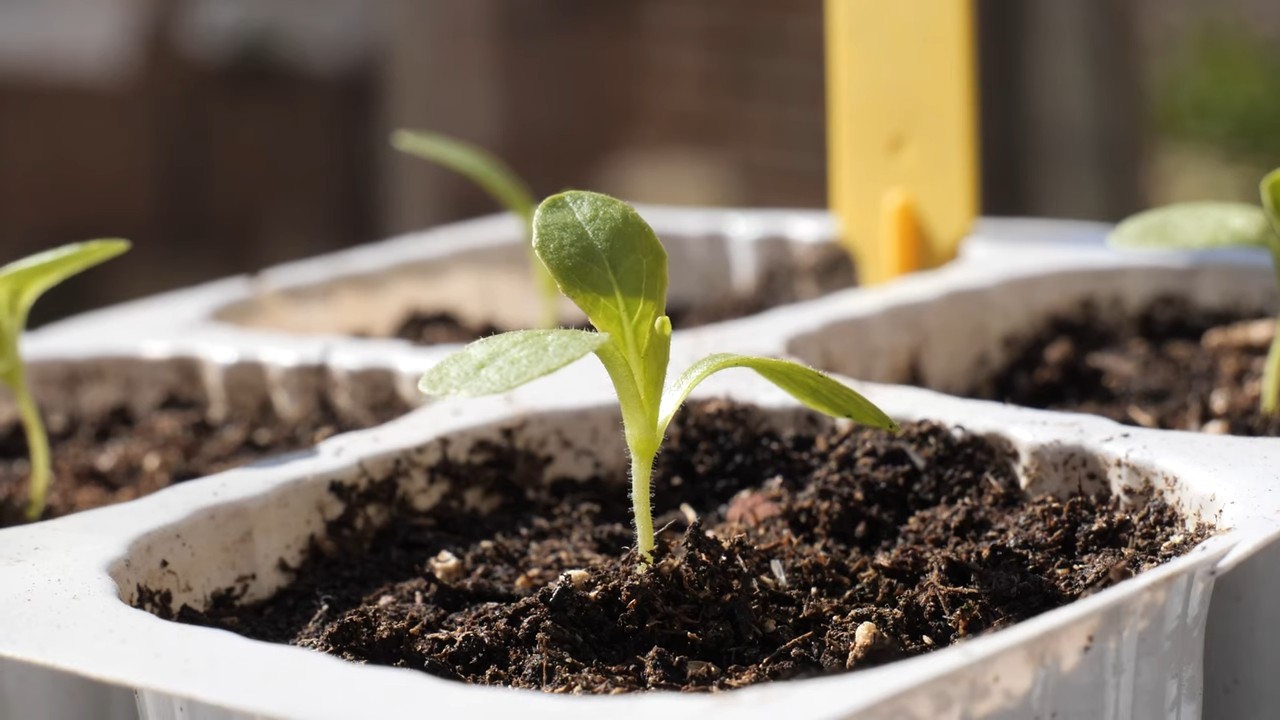
Conclusion
So, there you have it! Growing your own romaine lettuce without soil isn’t just a quirky experiment; it’s a genuinely rewarding and surprisingly simple way to enjoy fresh, crisp lettuce right from your home. We’ve walked you through the process, highlighting the ease and accessibility of this method. Forget battling garden pests, wrestling with unpredictable weather, or spending a fortune on store-bought lettuce that wilts within days. This soil-less approach puts you in control, offering a sustainable and cost-effective solution for your salad cravings.
But why is this DIY trick a must-try? Beyond the convenience, it’s about reconnecting with your food. Witnessing the miracle of growth, even on a small scale, is incredibly satisfying. Plus, you know exactly what’s going into your lettuce – no hidden pesticides or questionable chemicals. It’s pure, unadulterated goodness.
Don’t be afraid to experiment! While we’ve focused on romaine lettuce, this method can be adapted for other leafy greens like butter lettuce or even herbs like basil and mint. Try different nutrient solutions to see what works best for your environment. Consider using a larger container or multiple containers to increase your yield. You can even get creative with your setup – repurpose old jars, plastic containers, or even create a vertical growing system for a space-saving solution.
The possibilities are endless!
And remember, the key to success with this **soil-less romaine lettuce** growing method is consistency. Regularly check the water level, replenish the nutrient solution, and provide adequate light. With a little care and attention, you’ll be harvesting your own delicious lettuce in no time.
We’re confident that you’ll be amazed by the results. So, ditch the dirt, embrace the simplicity, and give this DIY trick a try. We encourage you to share your experiences with us! Post photos of your growing lettuce, share your tips and tricks, and let us know what variations you’ve tried. Let’s build a community of soil-less lettuce enthusiasts and inspire others to grow their own food. Happy growing!
Frequently Asked Questions (FAQ)
What exactly is soil-less growing, and how does it work?
Soil-less growing, often referred to as hydroponics, is a method of growing plants without using soil. Instead of soil providing nutrients and support, the plants receive these essentials from a nutrient-rich water solution. In our romaine lettuce example, the lettuce base sits in water containing the necessary minerals and vitamins for growth. The roots absorb these nutrients directly, allowing the plant to thrive. This method is efficient because it eliminates the need for the plant to search for nutrients in the soil, leading to faster growth and higher yields. It also reduces the risk of soil-borne diseases and pests.
What kind of water should I use?
The best water to use is filtered or distilled water. Tap water can contain chlorine and other chemicals that may be harmful to the lettuce. If you must use tap water, let it sit out for 24 hours to allow the chlorine to evaporate. Avoid using softened water, as it contains high levels of sodium, which can also be detrimental to plant growth. The purity of the water is crucial for optimal nutrient absorption and overall plant health.
Where can I find the nutrient solution, and what should it contain?
You can find hydroponic nutrient solutions at most garden centers or online retailers. Look for a balanced nutrient solution specifically formulated for leafy greens. These solutions typically contain essential macronutrients like nitrogen (N), phosphorus (P), and potassium (K), as well as micronutrients like iron (Fe), manganese (Mn), and zinc (Zn). Follow the instructions on the nutrient solution packaging carefully to ensure you’re using the correct concentration. Too much or too little nutrient solution can negatively impact the lettuce’s growth.
How much light does the romaine lettuce need?
Romaine lettuce needs plenty of light to thrive. Ideally, it should receive at least 6-8 hours of direct sunlight per day. If you don’t have access to enough natural light, you can supplement with artificial grow lights. LED grow lights are a great option because they are energy-efficient and provide the full spectrum of light that plants need. Position the grow lights a few inches above the lettuce to prevent burning. Proper lighting is essential for photosynthesis, the process by which plants convert light energy into chemical energy for growth.
How often should I change the water and nutrient solution?
It’s important to change the water and nutrient solution regularly to prevent the buildup of algae and bacteria. A good rule of thumb is to change the solution every 1-2 weeks. When you change the solution, be sure to thoroughly clean the container to remove any algae or debris. This will help maintain a healthy growing environment for your lettuce.
How long does it take for the romaine lettuce to regrow?
You should start to see new growth within a week or two. The exact time will depend on factors such as the amount of light, the temperature, and the quality of the nutrient solution. Be patient and continue to provide the lettuce with the necessary care, and you’ll be rewarded with fresh, delicious leaves.
Can I use this method for other types of lettuce or vegetables?
Yes, this method can be adapted for other types of lettuce and some other vegetables. Butter lettuce, spinach, and kale are all good candidates for soil-less growing. You can also try growing herbs like basil, mint, and parsley. However, keep in mind that different plants have different nutrient requirements, so you may need to adjust the nutrient solution accordingly. Research the specific needs of the plant you’re growing to ensure optimal results.
What if my romaine lettuce starts to turn yellow or brown?
Yellowing or browning leaves can indicate a few different problems. It could be a sign of nutrient deficiency, overwatering, or lack of light. Check the nutrient solution to make sure it’s at the correct concentration. Ensure the lettuce is receiving enough light. If the roots are sitting in too much water, try reducing the water level. If the problem persists, try changing the water and nutrient solution more frequently.
Is this method sustainable?
Yes, soil-less romaine lettuce growing can be a very sustainable method of food production. It uses less water than traditional soil-based gardening, and it eliminates the need for pesticides and herbicides. By growing your own lettuce, you’re also reducing your carbon footprint by avoiding transportation and packaging. Furthermore, you can compost the leftover lettuce base after harvesting, further reducing waste.
What are the benefits of growing romaine lettuce without soil?
There are numerous benefits to growing romaine lettuce without soil. It’s a space-saving method that’s perfect for small apartments or homes. It’s also a low-maintenance option that requires less time and effort than traditional gardening. You can grow lettuce indoors year-round, regardless of the weather. And, as mentioned earlier, it’s a sustainable and cost-effective way to enjoy fresh, healthy lettuce. Plus, it’s a fun and educational project for kids and adults alike!

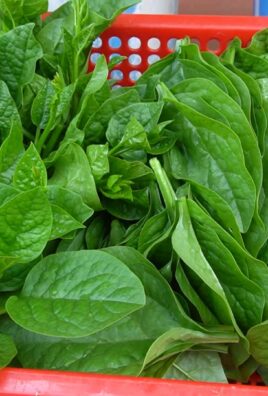
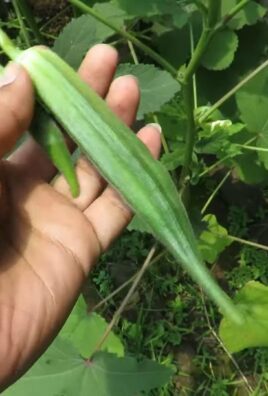
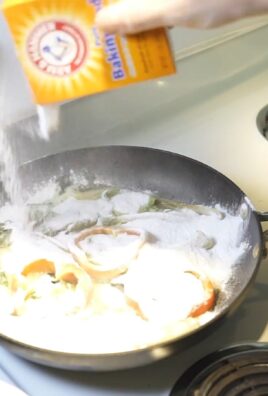
Leave a Comment